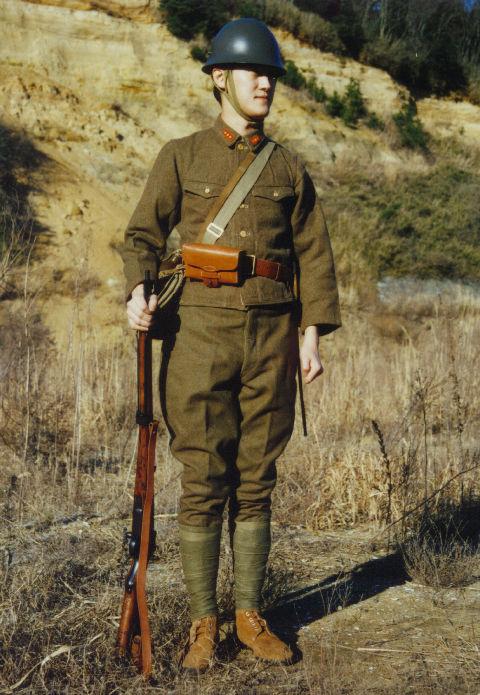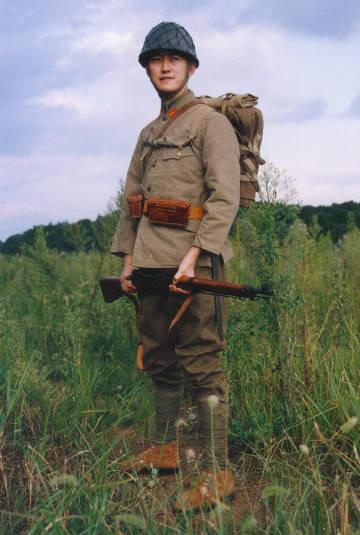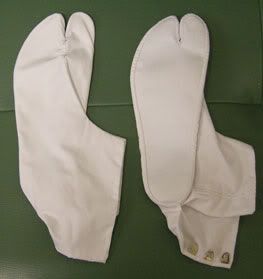volatile
A-List Customer
- Messages
- 421
- Location
- London, England
Quick question to all you uniform buffs. What is the strapping / binding round the calves in these Japanese WW2 field uniforms (and repros)?









LaMedicine said:Not a uniform buff, but from my knowledge.
These are called "getoru" in Japanese. I checked Kojien (Japanese equivalent of Merriam& Webster or Concise Oxford Dictionary) and it is derived from the French word guetres (sorry, I don't have the circumflex accent that comes over the first "e" on my keyboard)--gaiters in English--and are leggings made of thick strips of cotton, linen, raxa, or leather, and is either wound, or tied with strings.
Japanese WikiClick "English" and it links to Gaiters.

DutchIndo said:Though that soldier is not wearing them I was always interested in their footwear. They had some boots called "Tabis" I believe they were split toed. I never understood puttees what did they do exactly ? Are they like 80's leg warmers ? They seem to much of a hassle to put on.

DutchIndo said:Though that soldier is not wearing them I was always interested in their footwear. They had some boots called "Tabis" I believe they were split toed. I never understood puttees what did they do exactly ? Are they like 80's leg warmers ? They seem to much of a hassle to put on.

Not to be funny but I wonder if they shaved their legs first. I think you Brits also used the Puttees up into the 50s but a shorter version.Kitty_Sheridan said:You can still buy Puttees quite easily. The boys wear them when we do WW1 and their legs itch for ages when they take them off!
love that pic of the doughboy! :eusa_clap verrry nice!
DutchIndo said:Not to be funny but I wonder if they shaved their legs first. I think you Brits also used the Puttees up into the 50s but a shorter version.
Edward said:Nowadays, they seem to only have a cereminial function if they crop up at all, most combat forces, it seems, having gone over to taller, 'jump' style boots.